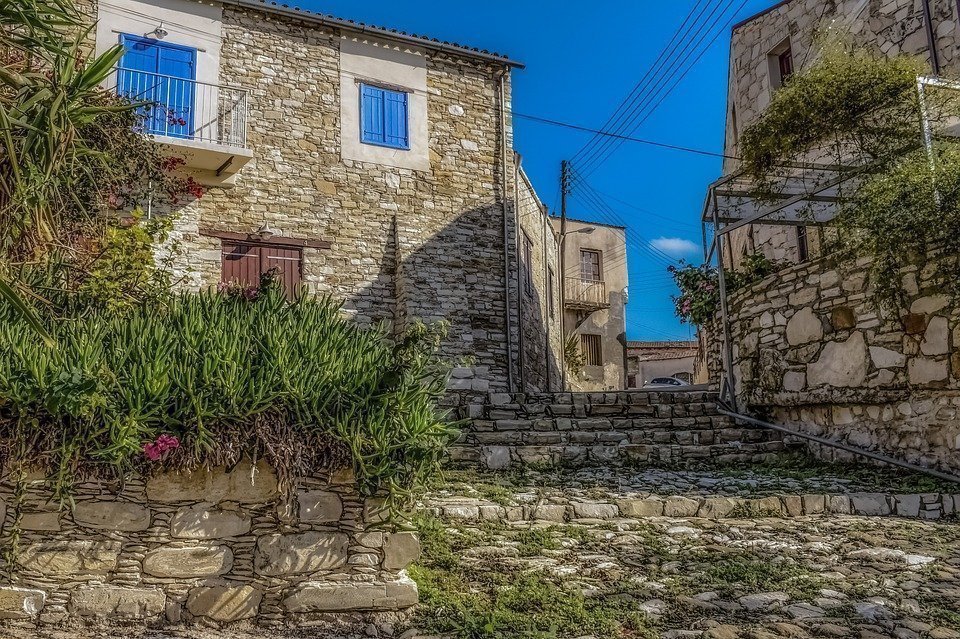These are some of the most beautiful and most famous villages of Cyprus mostly because of their history and traditional architecture. The Narrow alleys, colourful yards, stone built houses and beautiful old doors will give you some of your best shots ever! So smile and let the journey begin!
Lofou
Located in the Lemesos (Limassol) district, the tiny village of Lofou sits at an altitude of 780 metres, just 26 km from Lemesos town.
The leafy environs of this picturesque and traditional village are home to grapevines and almond trees, offering agrotourism in tranquil and scenic surroundings.
Among its interesting sights are a small agricultural museum, the old school of Lofou, and the traditional faucet of Elitji, dating back to 1842. The faucet is where the villagers of Lofou used to collect water in the olden days, and was an important part of their daily life.
The village also has two religiously significant monuments; the 19th century village church dedicated to the Annunciation of Virgin Mary, and the nearby small chapel dedicated to Prophet Elias, whose icon is believed to have miraculous powers to stop the rains from causing damage to the grain crops.
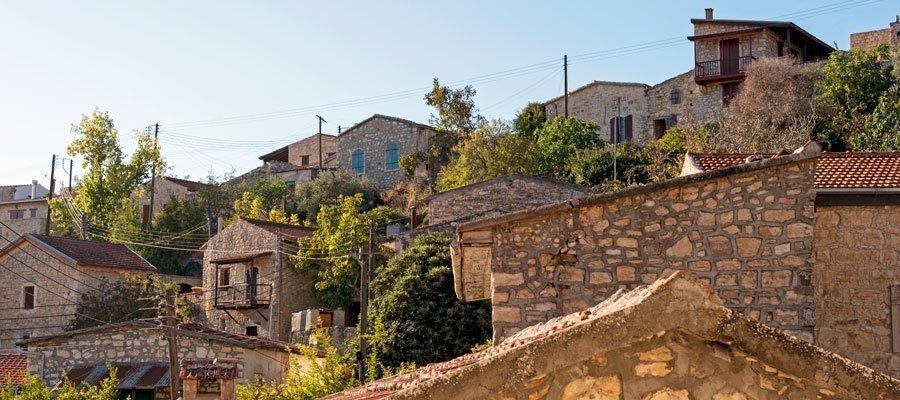
Omodos
Located in the Lemesos (Limassol) district, the pretty, wine producing village of Omodos sits at an altitude of 800 metres on the Troodos mountain range, in the beautiful area of ‘Krassohoria’, just 42 km from Lemesos town.
Omodos is one of the most traditional and charming villages on the island.
The village has existed since the Frankish period and is marked as ‘Homodos’, and ‘Homoclos’ on old maps, with its name originating from the Greek word for street – ‘odos’.
Famous for its wine, Zivania spirit, handmade narrow-knit lacing and ‘arkatena’ bread, its quaint environs are perfect for agrotourism.
Despite its small size, Omodos has many interesting sights. Located within close proximity of one another are the cobbled square, old stone-built houses, local wineries, a Medieval wine press and the monastery of Timios Stavros (Holy Cross), with its old icons and impressive woodcarvings. There is also a museum dedicated to the National Liberation Struggle, as well as a centre for the preservation of narrow-knit lacing, and an Icon Museum.

Vasa
Located in the Lemesos (Limassol) district, the picturesque village of Vasa Koilaniou sits at an altitude of 750 metres on the Troodos mountain range, just 35km from Lemesos town.
Vasa Koilaniou is one of the wine producing villages of the Troodos area, and famous since ancient times for its vineyards and its high-quality wines.
Its name is derived from the ancient Greek word ‘vassa’, which means ‘wooded area’ in reference to its landscapes. The village preserves its traditional limestone architecture, paved streets and old viticultural equipment, including old wine presses and distilleries for Zivania – the strong, local spirit.
Interesting sights include the Museum of Education, the Museum of Zivania, the Ecclesiastical Museum, a winery, the main church of the village, the Bridge of Gerovrysi, and a small nature trail near the village.
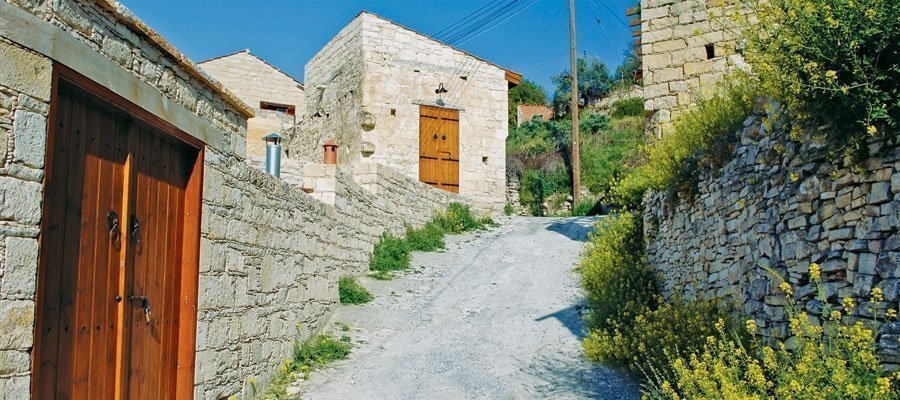
Lefkara
Lefkara village is one of the most photographed villages in Cyprus because of its traditional architecture.
Located in the Larnaka (Larnaca) region, the mountainous village of Lefkara is split into Pano Lefkara and Kato Lefkara (higher and lower Lefkara), and is world-renowned for its traditional handicrafts of lace embroidery and filigree silver. The village is situated at the foot of the Troodos Mountains in the south eastern region, 650 metres above sea level, 43 km from Larnaka.
The crafts of lace and silver have been practiced in the village since Venetian times, and visitors can learn all about them, and watch the lace and silver being made at the Lefkara Handicraft Centre, the Museum of Traditional Embroidery and Silversmithing, and various workshops. Legend has it that the famous painter, Leonardo da Vinci himself visited the village in 1481 and bought a lace altar cloth, which he donated to Milan cathedral.
The character of the village is very picturesque with its narrow, winding streets and traditional architecture of old, terracotta-roofed houses. It is also included as one of the stops on the island’s 7th Wine Route that encompasses the area of mountainous Larnaka – Lefkosia (Lefkosia).
Among its interesting sites are the Folklore Museum, the old fountain and the old olive mill. The village also has beautiful and ancient chapels, including the church of Timios Stavros (Holy Cross), and the chapel of Archangelos Michail in Kato Lefkara, with frescoes that date from the 12th and 15th centuries.
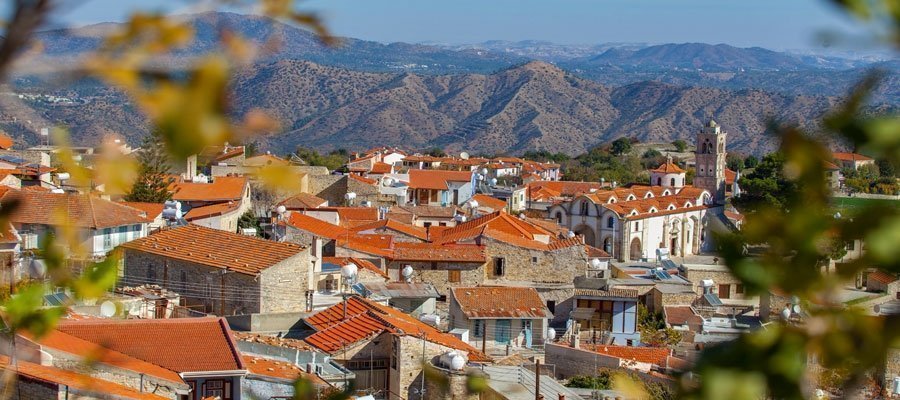
Skarinou
Built amidst the hillsides and with an average altitude of 190 metres above sea level, Skarinou is the heart of Cyprus. It is located on the island’s road-network axis that connects Nicosia, Limassol, and Larnaca.
Skarinou, built at the hillsides with the “Panagia i Odigitria” (the Guiding Virgin Mary) church being the dominant building, is one of the most picturesque villages of Cyprus. Its houses are made of local stone and preserve their traditional folkloric architecture to a rather great degree.
Apart from the “Panagia i Odigitria” church, there also are another two country churches, dedicated to Saint George and Apostle Luke. Another note-worthy spot in the village is the old fountain, which is located at the community’s centre.
Besides the churches you can visit the Wax Museum Tel.: 24621048 and the Golden Donkeys Farm Tel. 99620736.
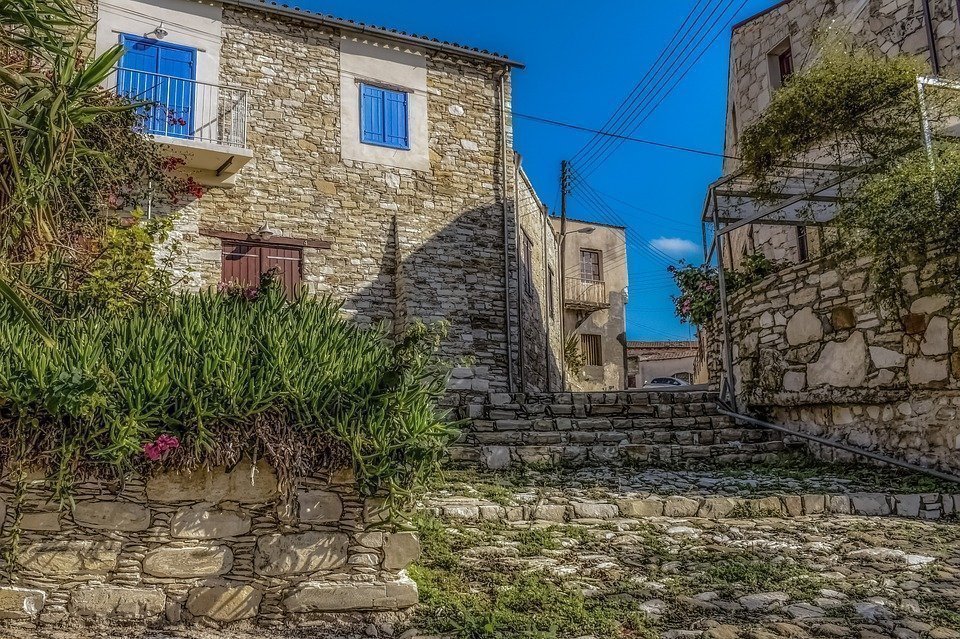
Courtesy of the CTO, Praxia Aresti


